Storms hammering California this week will likely bump up the state’s Dec. 1 projection of zero water for agricultural contractors.
But questions about how and why the Department of Water Resources made that projection – and what it means for the future – have left an unsettled wake among San Joaquin Valley agricultural water districts that rely on supplies from the State Water Project.
Water managers are wondering if this is, essentially, an unraveling of the “Monterey agreement.”
That 1994 agreement created a number of operational changes to the State Water Project, including eliminating a provision in the original contracts that allowed ag to be cut first before municipal users during times of drought. After the Monterey agreement, all contractors were supposed to be subject to cuts equally. So, DWR’s Dec. 1 announcement, which did not include any water for ag, was surprising to agricultural water districts.
“We pay the same,” said Jason Gianquinto, General Manager of Semitropic Water Storage District in the northwest corner of Kern County. “We should get the same benefits and if not, then maybe we shouldn’t pay the same.”
DWR staff wrote in an email that the past two water years were historically dry, prompting the state’s first initial zero-allocation for ag since 1991.
But how ag was cut out is what concerned Gianquinto.
The state invoked Article 18(a) in the water contracts. Article 18(a) allows the state to cut supplies to ag in times of shortage in order to make sure there’s enough for basic health and human safety.
Except, by the state’s own analysis, there was enough water in the system to provide a 10% across-the-board allocation, or, to be conservative at this stage, at least a 5% allocation, Gianquinto said.
“I don’t understand why they only allocated water to health and safety. If the state’s allocation analysis truly showed zero water, OK,” Gianquinto said at last week’s Semitropic board meeting and during a subsequent interview. “But that’s not the case. Their own studies show that there is water available.”
And DWR’s hydrology simulations — forecasting based on historic averages — suggested a 90% exceedance, meaning the amount of water in the system is likely to go up, he added.
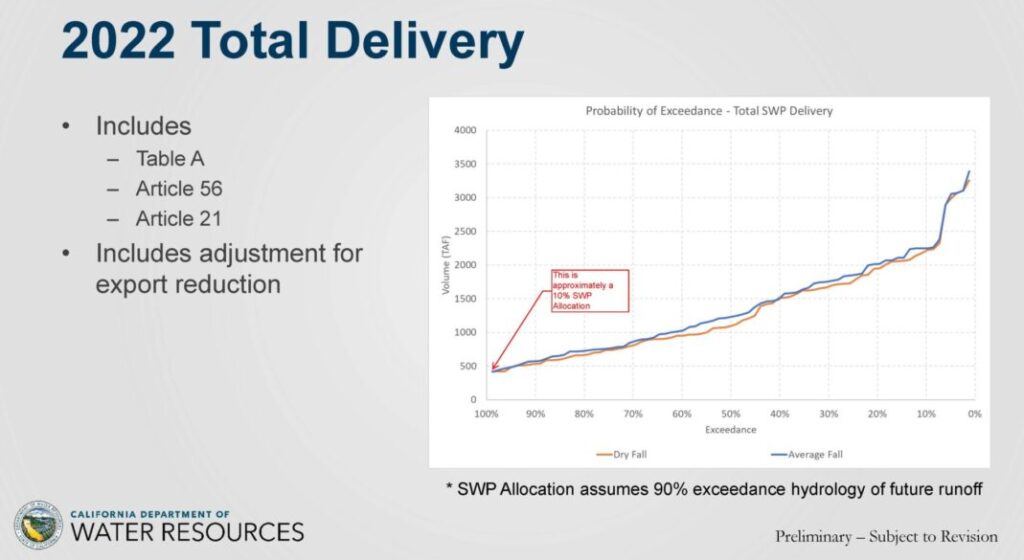
So, Gianquinto wanted to know, “Is this the new normal from DWR?”
Reading DWR’s charts as showing enough water for a 5% to 10% across-the-board allocation is an incorrect interpretation, wrote DWR spokesman Ryan Endean in an email.
He wrote that storage for the State Water Project was at historic lows and “the depletion of other sources of water for our member agencies that has occurred as a result of back-to-back dry years, the increased uncertainty around 2022 run-off resulting from climate change induced warming trends, and the information from our contractor agencies regarding the water users who will not have sufficient water for their domestic, sanitary, and fire suppression needs without a health and safety based allocation, all help demonstrate that there is currently not enough water in the system to provide even a 5% allocation.”
He added that invoking Article 18(a) “is consistent with the contracts” and “provides for a process to focus on critical domestic, sanitation, and fire suppression needs during times of extreme drought, which is what DWR has done here.”
Gianquinto, though, wanted specifics about what exactly triggers Article 18(a).
When California is dry, which is often, can ag expect to start every water year at zero? What are the thresholds that need to be met for DWR to issue a water allocation to all its contractors? If ag contractors actually get zero water, how will they be made whole later? Would ag contractors get the “next bump” of water? Or would their costs be reimbursed?
Gianquinto said he’s not the only one asking these and other questions. The Kern County Water Agency is seeking answers as well, he said. The agency administers the contract for 13 member districts, including Semitropic, and is the 2nd largest contractor on the State Water Project.
A zero allocation is especially bad for districts like Semitropic that run large groundwater banks. The district stores water in flush years for a host of clients, including the giant Metropolitan Water District that supplies numerous southern California cities, and delivers it in dry years.
“A number of our bankers want to know if their (water) recovery is at risk,” Gianquinto said during Semitropic’s board meeting.
Agricultural water districts understand dry-year planning, Gianquinto said. But it’s been dry before. If a dry year can now trigger Article 18(a), cutting out ag entirely, what does that mean for future dry years?
“All of those issues need to be hashed out,” per the contracts, Gianquinto said, adding that the Monterey agreement needs to be taken into consideration.
“It’s not looking good right now.”
Share this:
- Click to share on Facebook (Opens in new window)
- Click to share on Twitter (Opens in new window)
- Click to share on LinkedIn (Opens in new window)
- Click to share on Reddit (Opens in new window)
- Click to share on Tumblr (Opens in new window)
- Click to share on Pinterest (Opens in new window)
- Click to share on Pocket (Opens in new window)
- Click to share on Telegram (Opens in new window)
- Click to share on WhatsApp (Opens in new window)
- Click to print (Opens in new window)
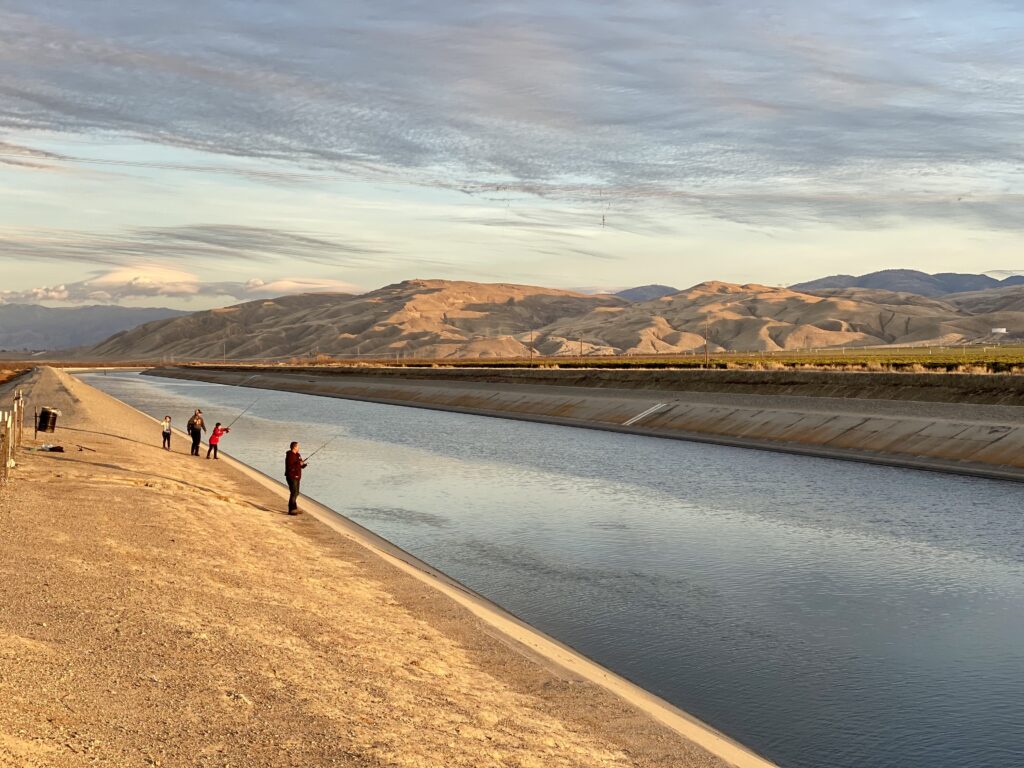



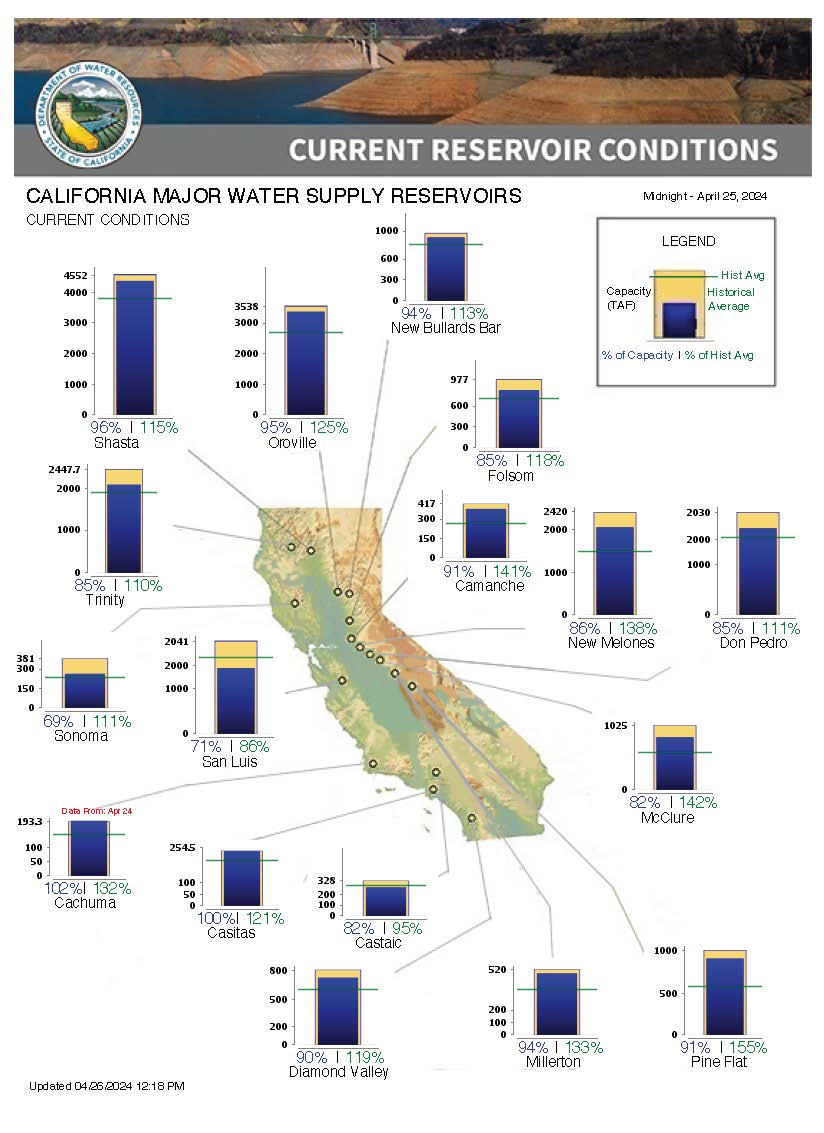
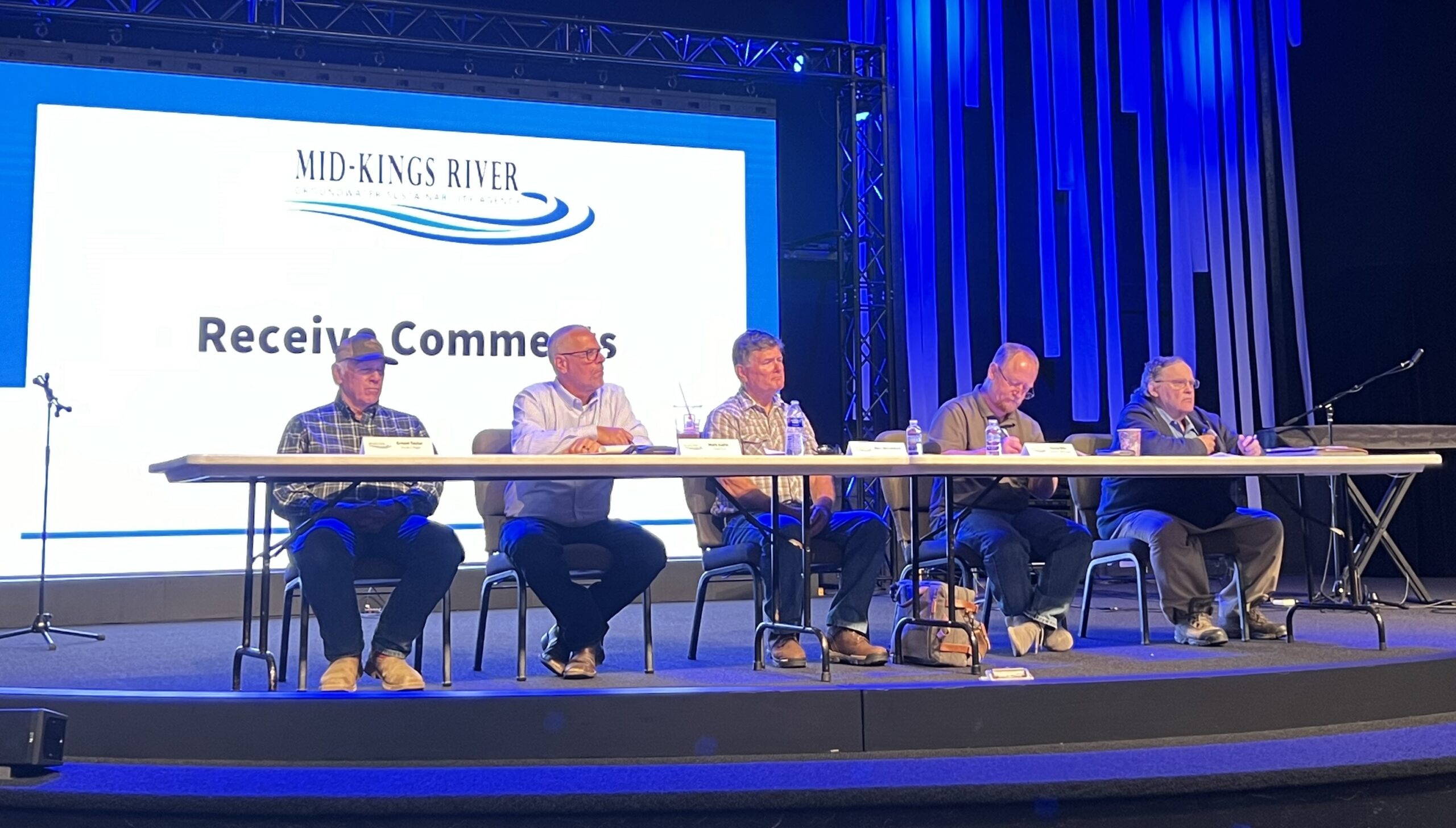
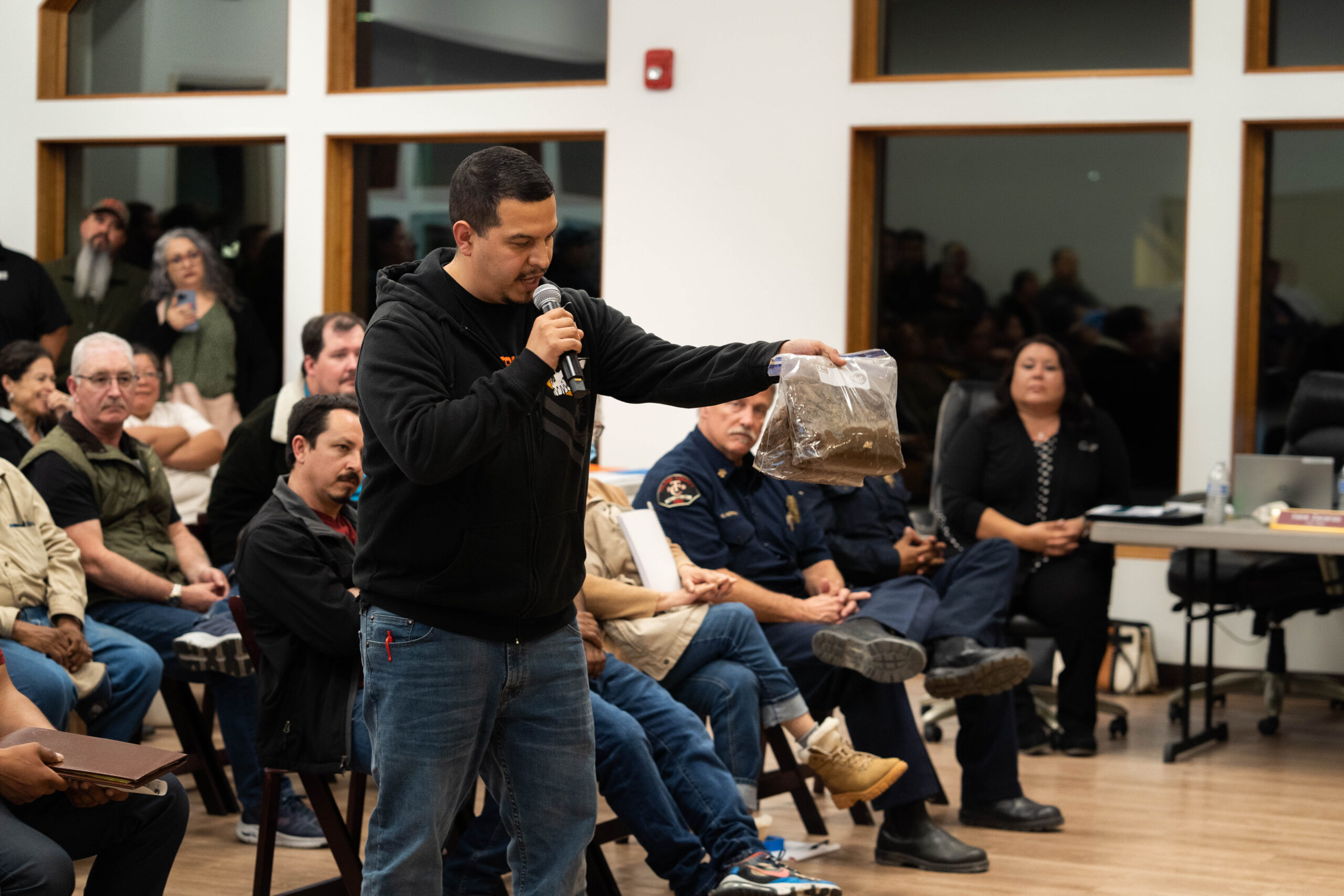
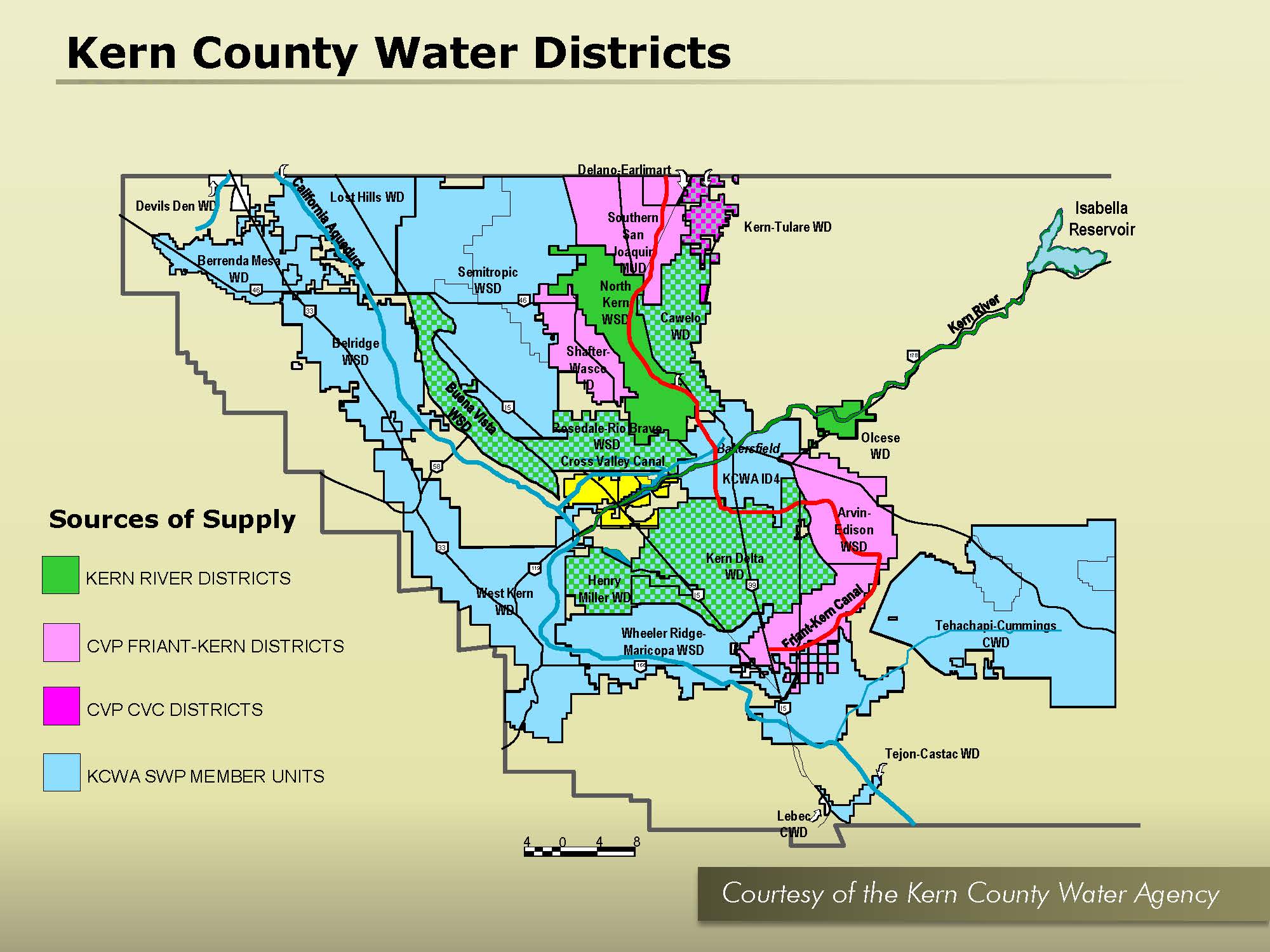
You must be logged in to post a comment.